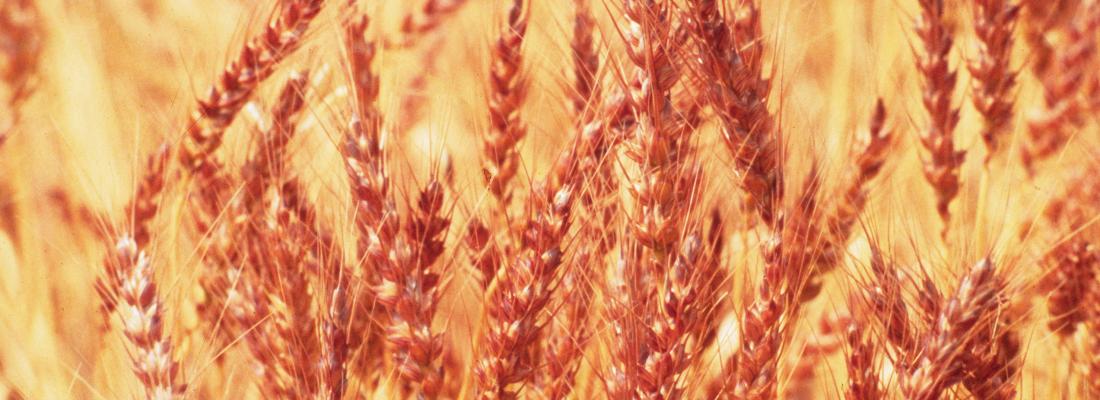Agroecology Reading time 3 min
New perspectives to improve wheat: the reference sequence of wheat genome is finally a reality
Published on 17 August 2018

With over 220 million ha, bread wheat (Triticum aestivum L.) is the most widely grown cereal crop in the world and a staple food for 30% of the human population. Along with rice, wheat is the most widely consumed cereal, accounting for almost 20% of the average daily nutritional requirements of human beings. To meet the ever-changing demands of a growing world population, while still maintaining sustainable social and environmental conditions, wheat productivity needs to increase by 1.7%. An increment of this size will require unprecedented progress—the like of which has not been seen since the Green Revolution of the 60s—both in wheat improvement and agronomic practices.
On 17 August 2018, The International Wheat Genome Sequencing Consortium (IWGSC) published in Science the description and analysis of the wheat reference genome sequence, which they had announced in January 2016. This resource is the result of the work of over 200 researchers from 73 research institutes in 20 countries. It provides valuable tools to face the agricultural challenges of the future, since it will allow a faster identification of genes responsible for traits of agronomic interest.
Over 107,000 genes identified and 4 million molecular markers developed
The analysis of this sequence has led to the precise location of over 107,000 genes, some of which are potentially involved in grain quality, disease resistance, and tolerance to drought. Moreover, it has allowed researchers to develop over four million molecular markers, including some currently being used in gene selection programs.
Besides its contribution to wheat improvement, this sequence also allows researchers to better understand the bread wheat genome, one of the biggest and most complex in the plant kingdom. Now, they can study the regulation of genome organization and gene expression, and even reveal the evolution mechanisms that have shaped this genome since its formation, around 10,000 years ago.
Although it is the result of 13 years of work and constitutes a major contribution to the scientific community, the reference genome sequence is only the first step. IWGSC’s research teams are already working on new challenges, most notably, a functional study on the integral elements of this sequence and the characterization of the genetic diversity of wheat and other related species, in order to identify new genes and alleles of agronomic interest.
The impact of the reference wheat sequence in the scientific community has already been significant, as proven by the six other articles published on the same day in Science, Science Advances and Genome Biology1, with the contribution of scientific French teams.
Furthermore, more than 100 scientific articles have quoted the reference sequence since it was made available in January 2017 at the IWGSC webpage, hosted by the Genomics - Informatics Research Unit, INRA.
1 Articles published on 17 August 2018 in Science, Science Advances and Genome Biology:
Ramirez-Gonzalez et al. (2018) The transcriptional landscape of polyploid wheat. Science.
Juhasz et al. (2018) Genome mapping of seed-borne allergens and immune-responsive proteins in wheat. Science Advances.
Wicker et al. (2018) Impact of transposable elements on genome structure and evolution in wheat. Genome Biology.
Alaux et al. (2018) Linking the International Wheat Genome Sequencing Consortium bread wheat reference genome sequence to wheat genetic and phenomic data. Genome Biology.
Keeble-Gagnère et al. (2018) Optical and physical mapping with local finishing enables megabase-scale resolution of agronomically important regions in the wheat genome. Genome Biology.
Thind et al. (2018) Chromosome-scale comparative sequence analysis unravels molecular mechanisms of genome dynamics between two wheat cultivars. Genome Biology
IWGSC (2018) Shifting the limits in wheat research and breeding using a fully annotated reference genome. Science. http://science.sciencemag.org/cgi/doi/10.1126/science.aar7191
